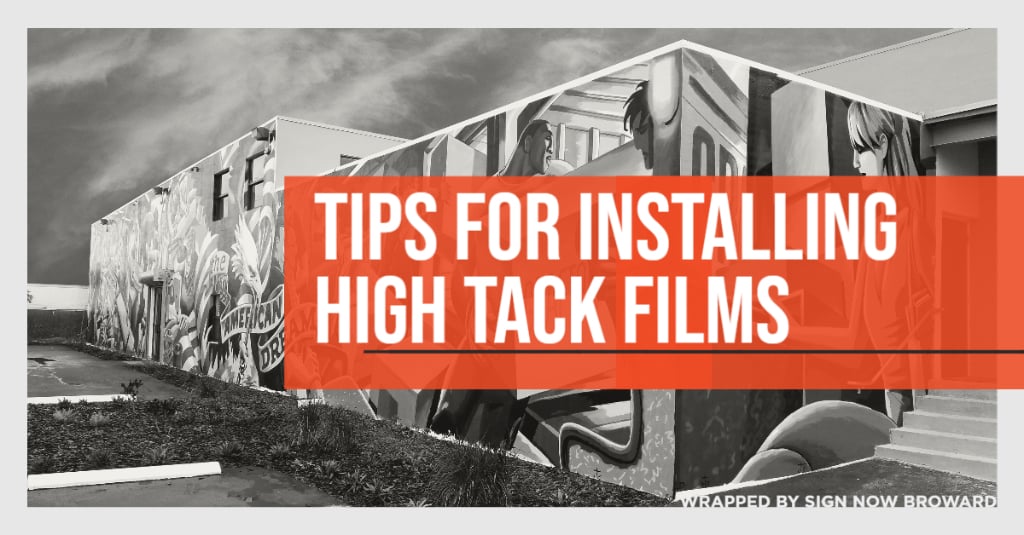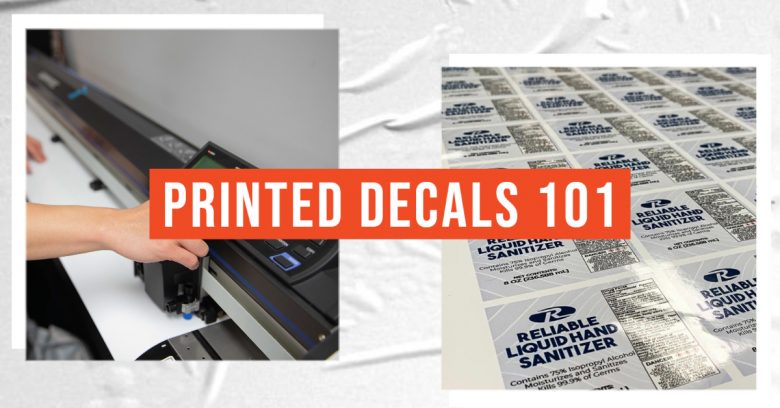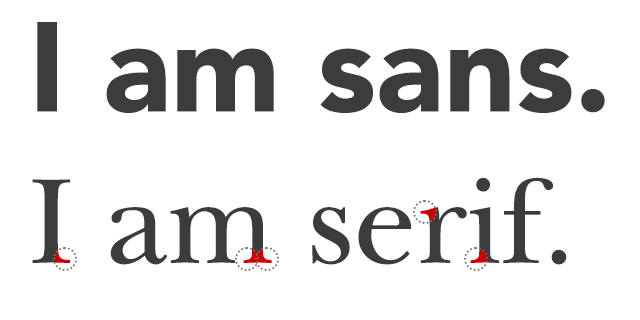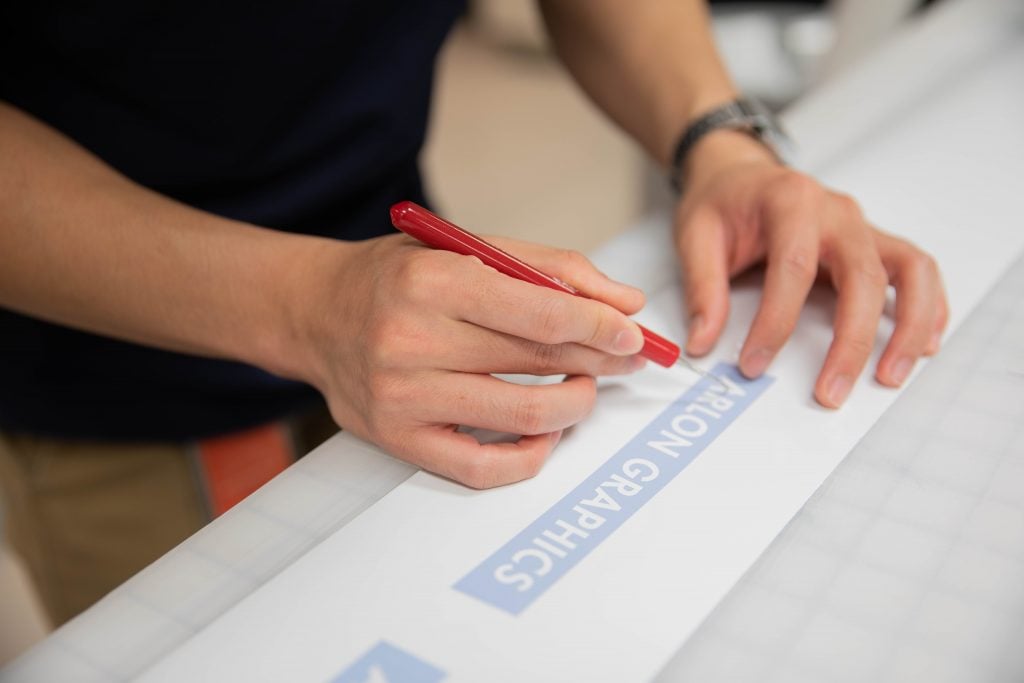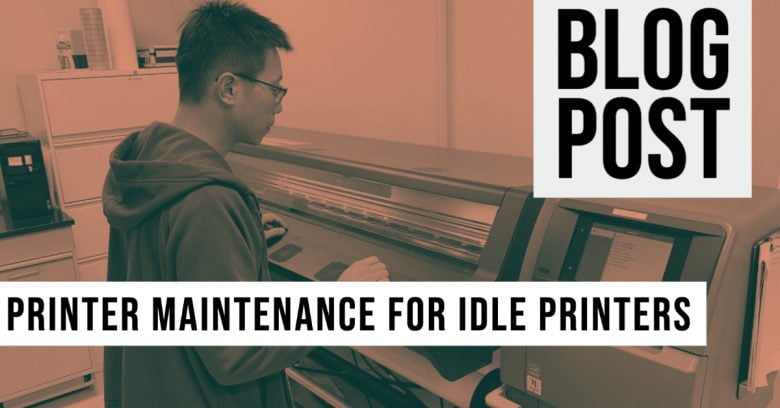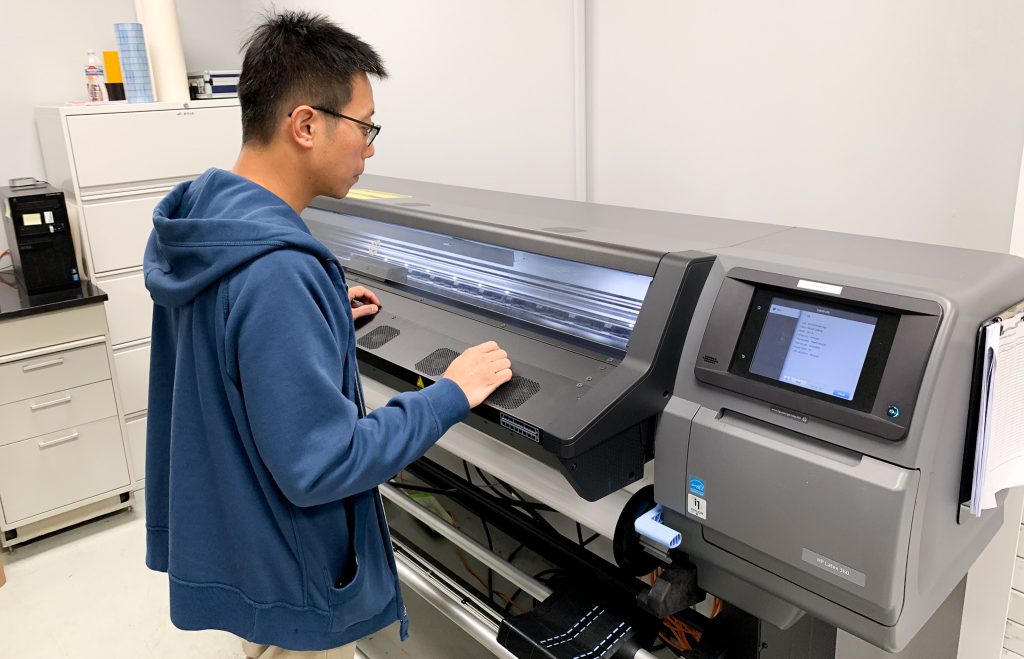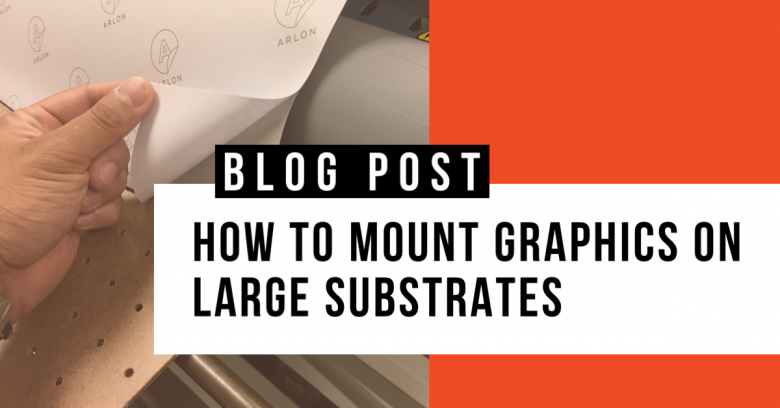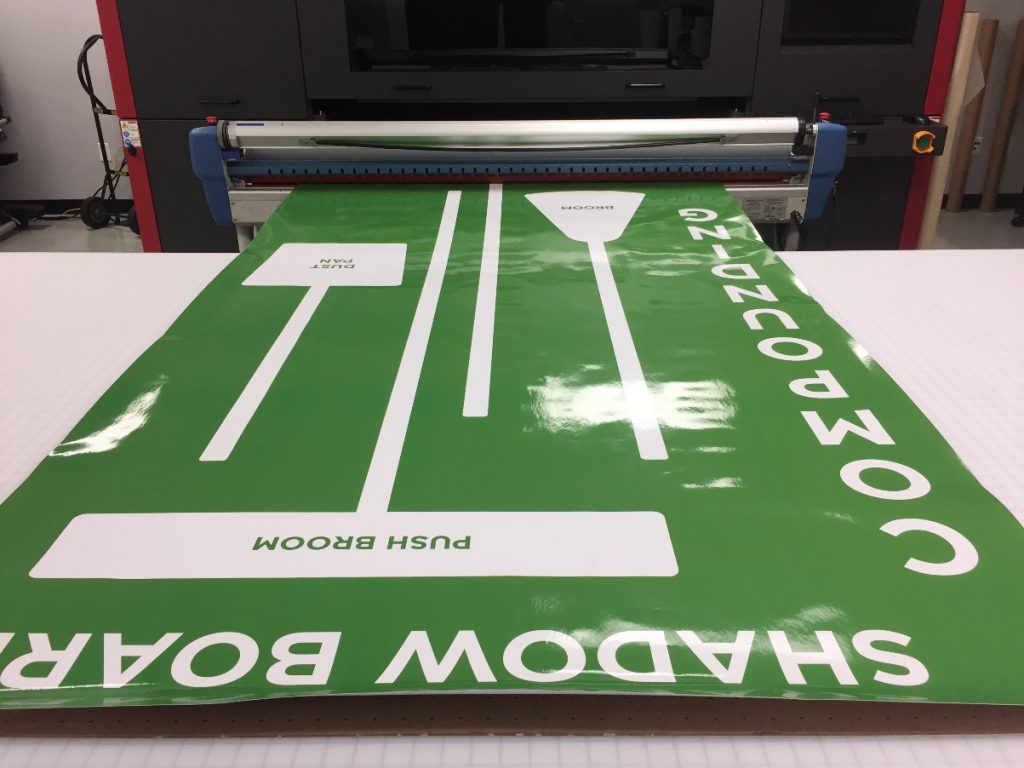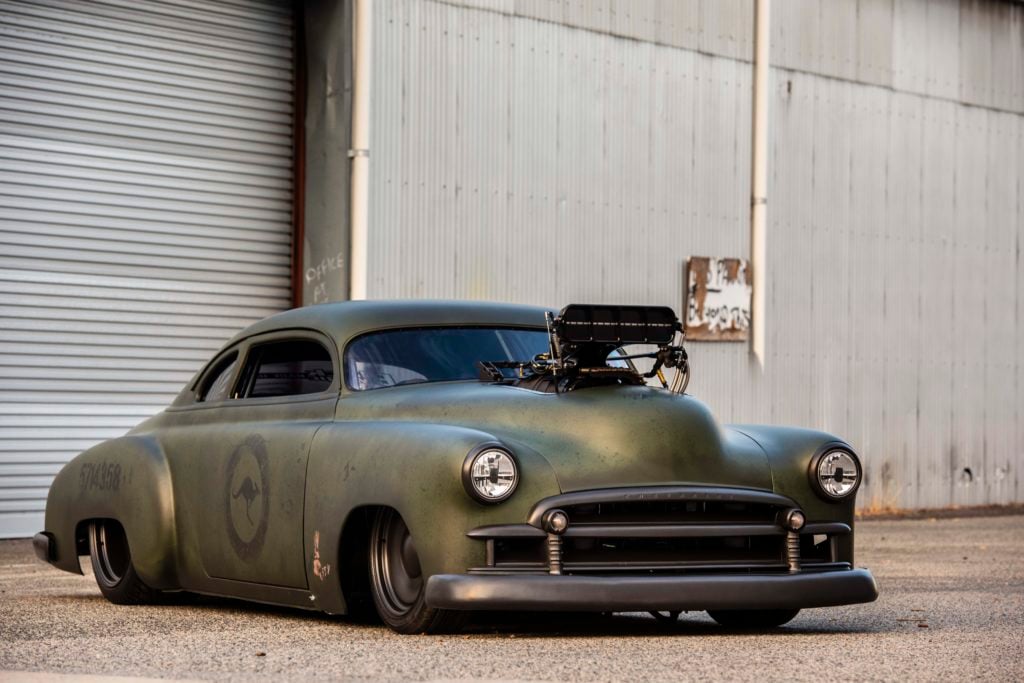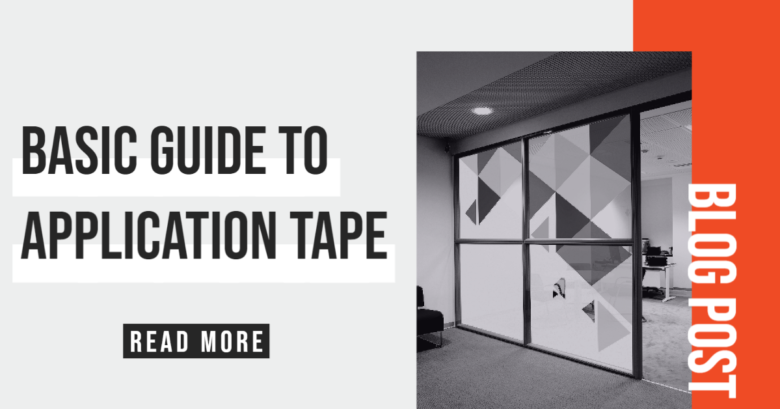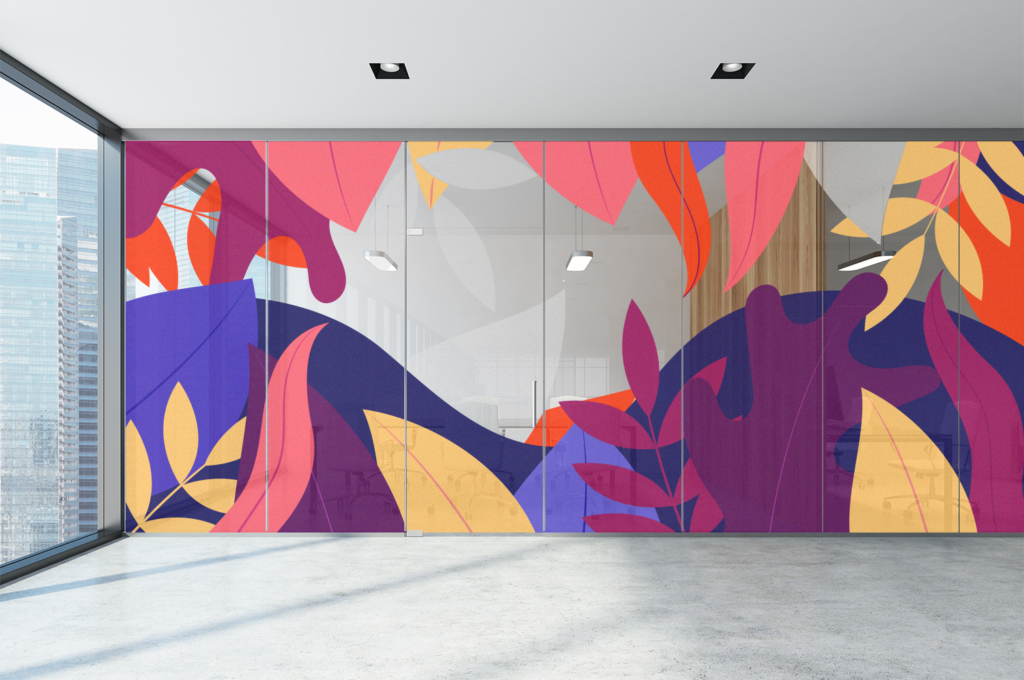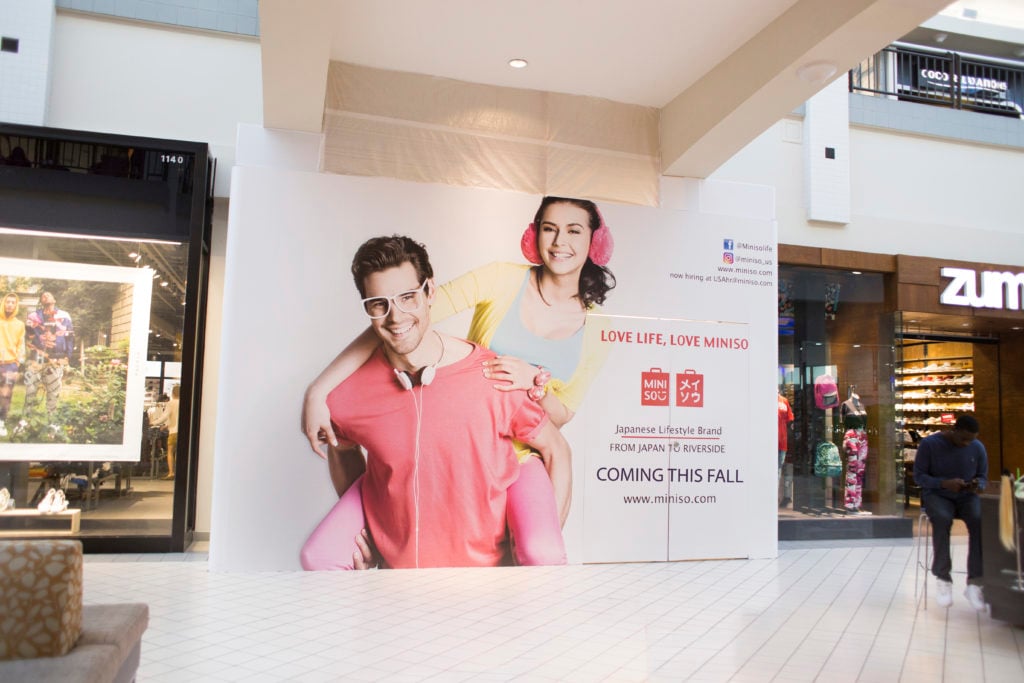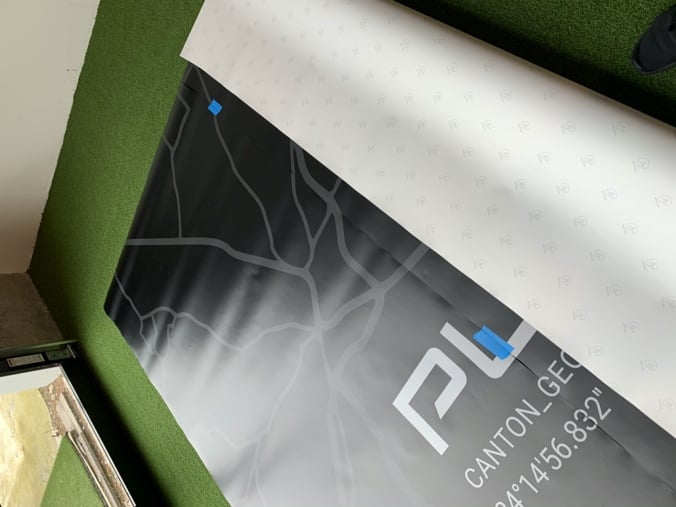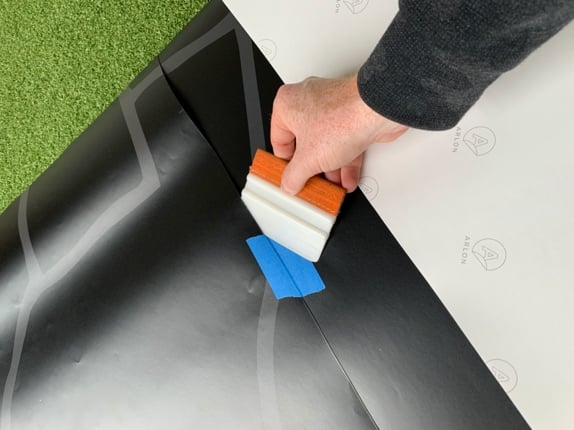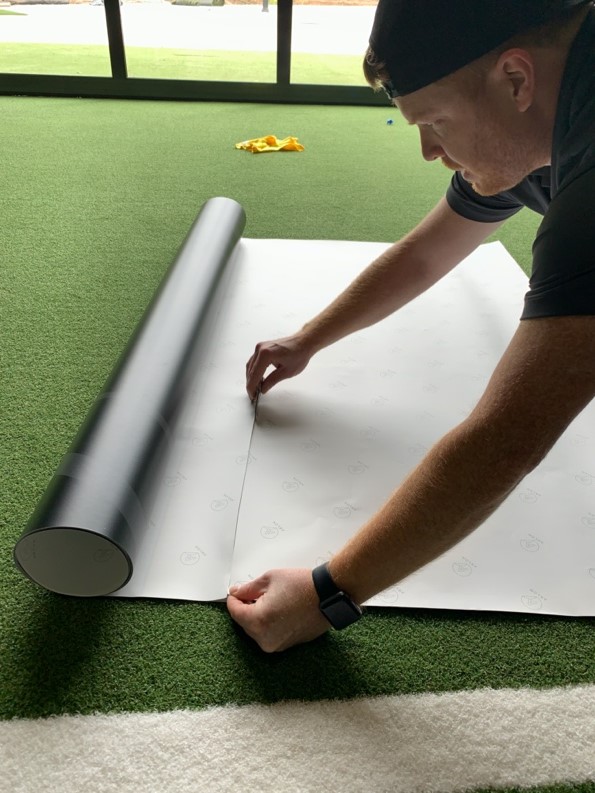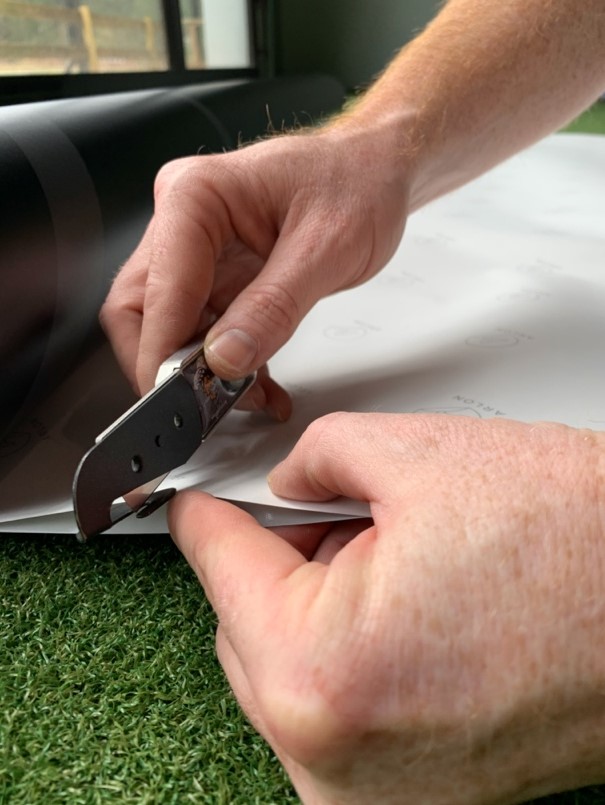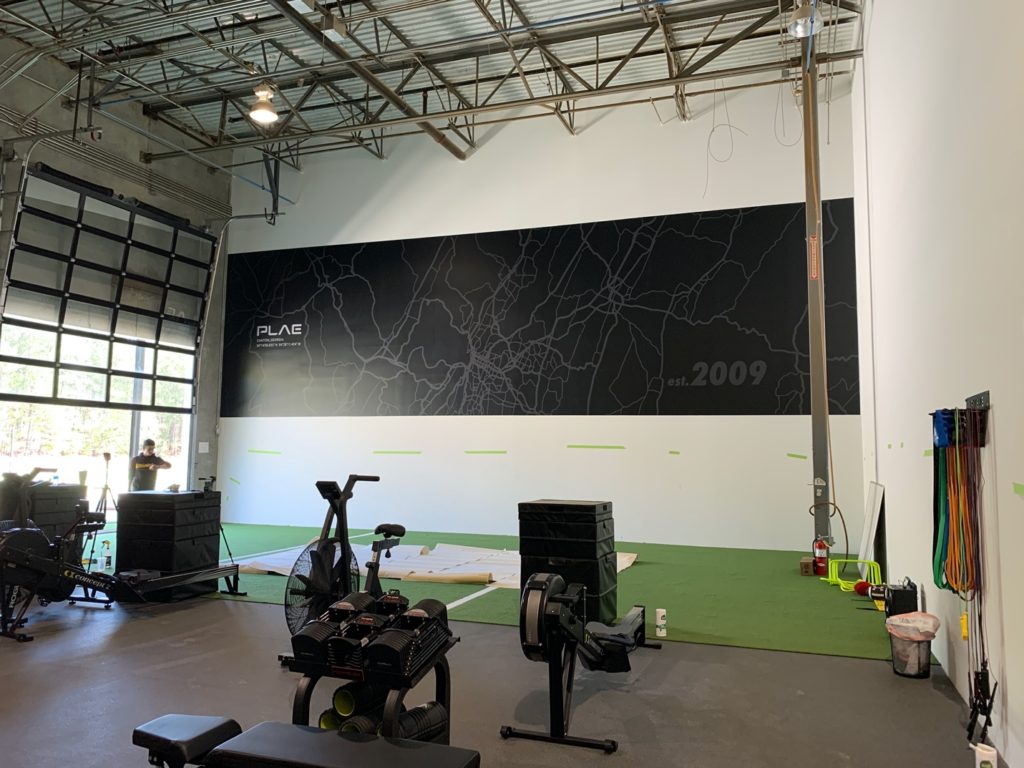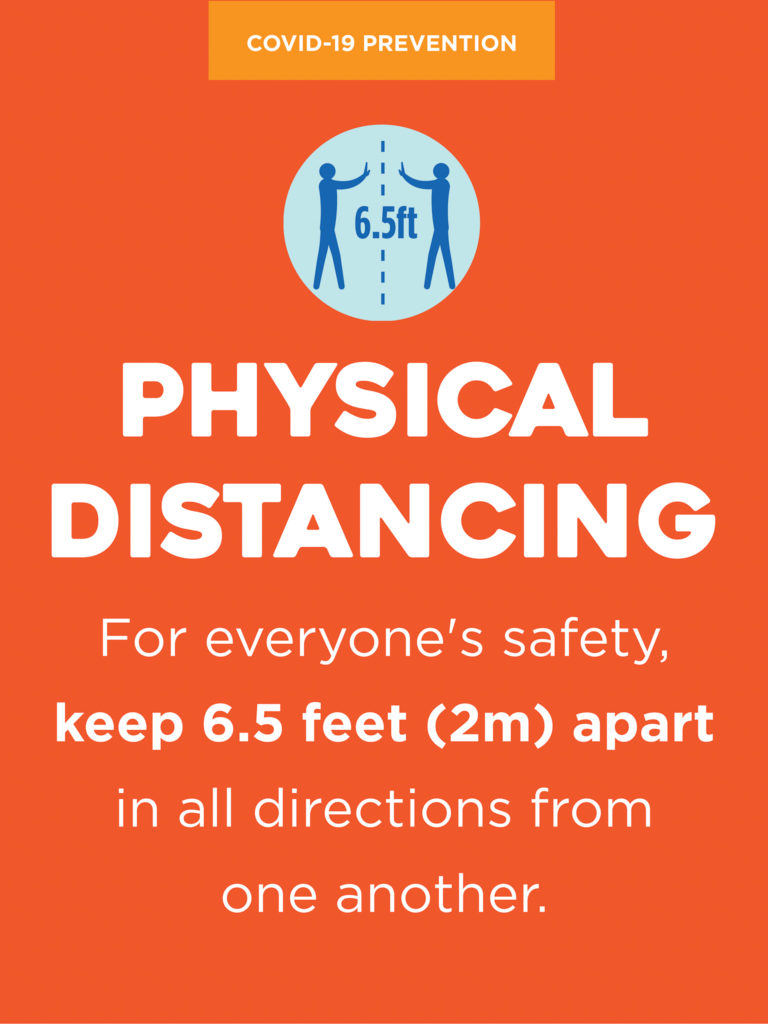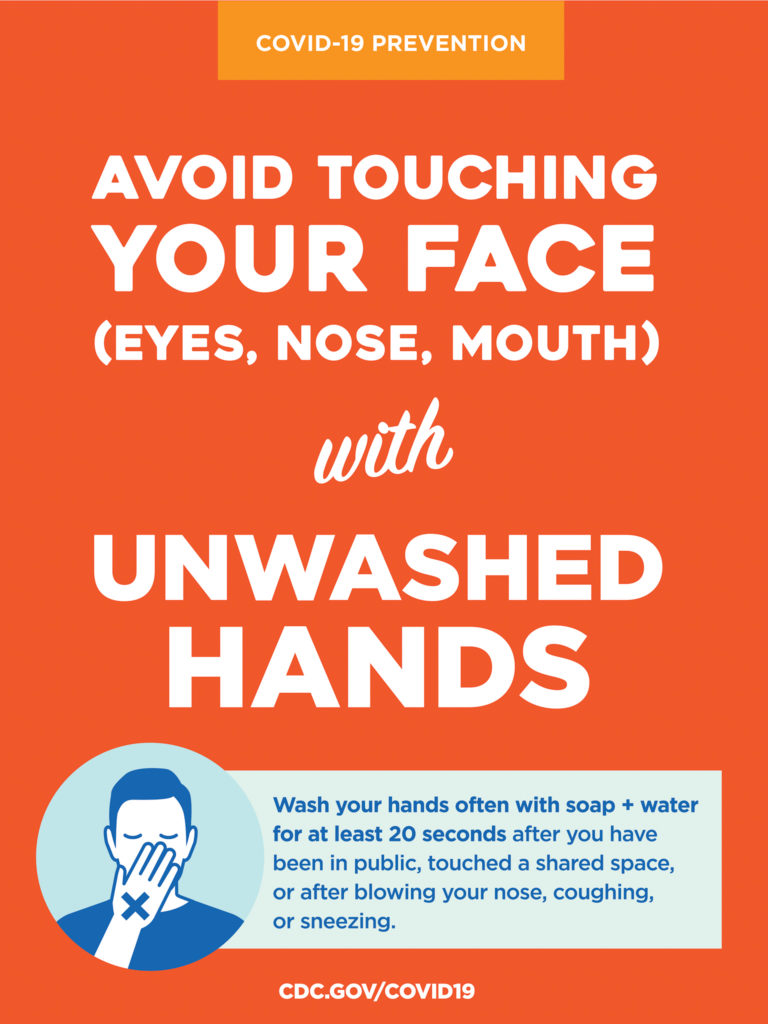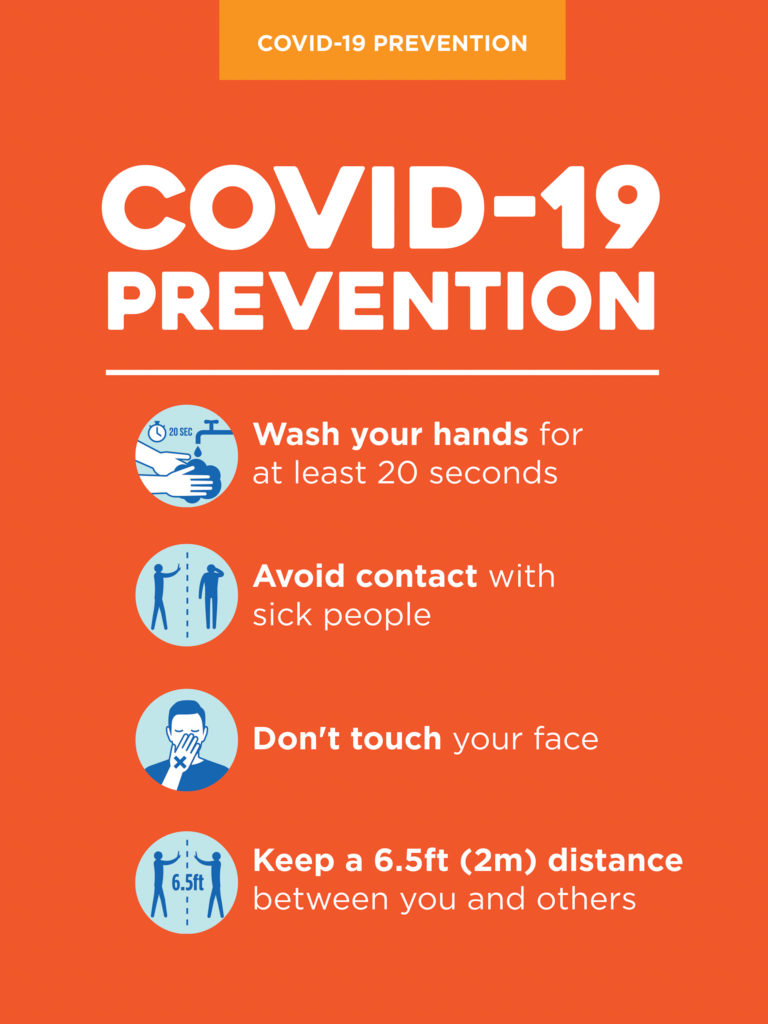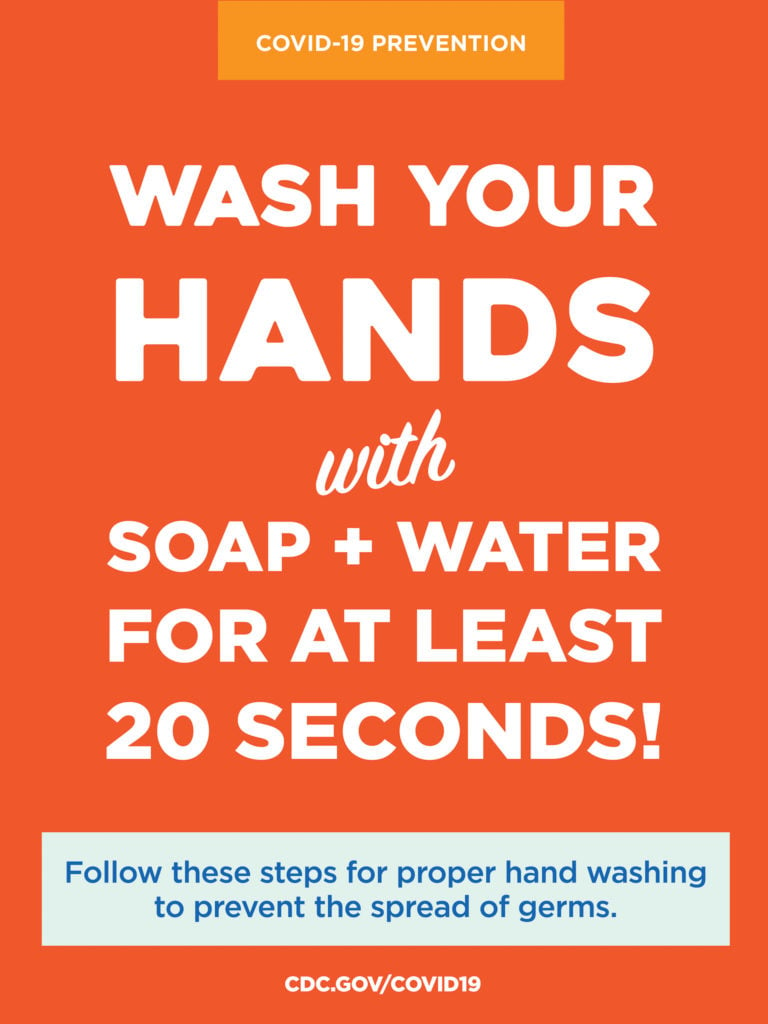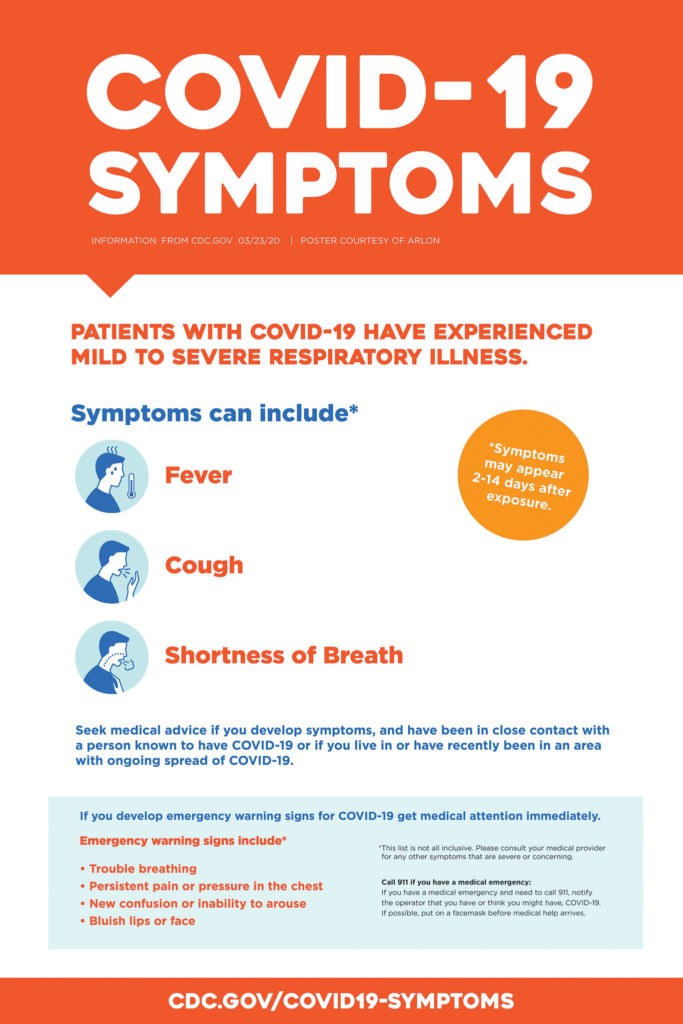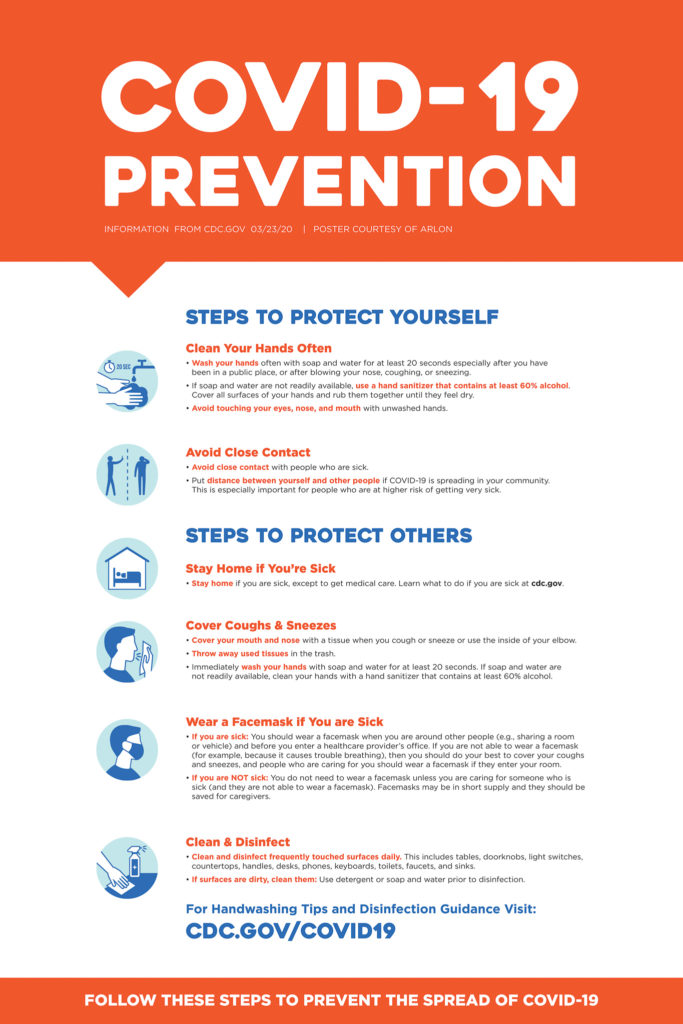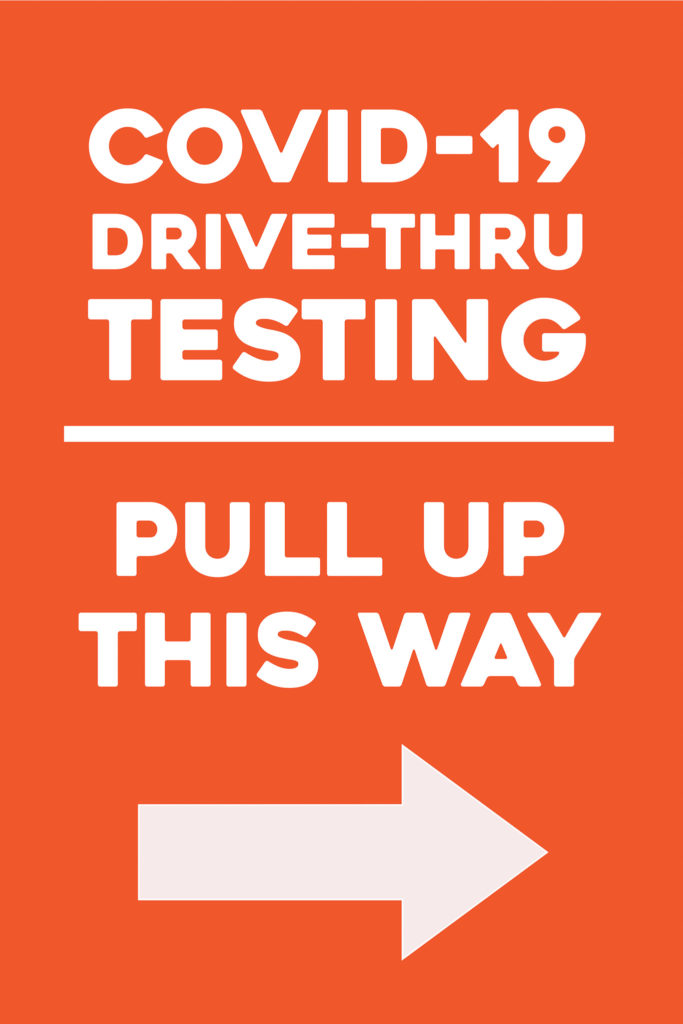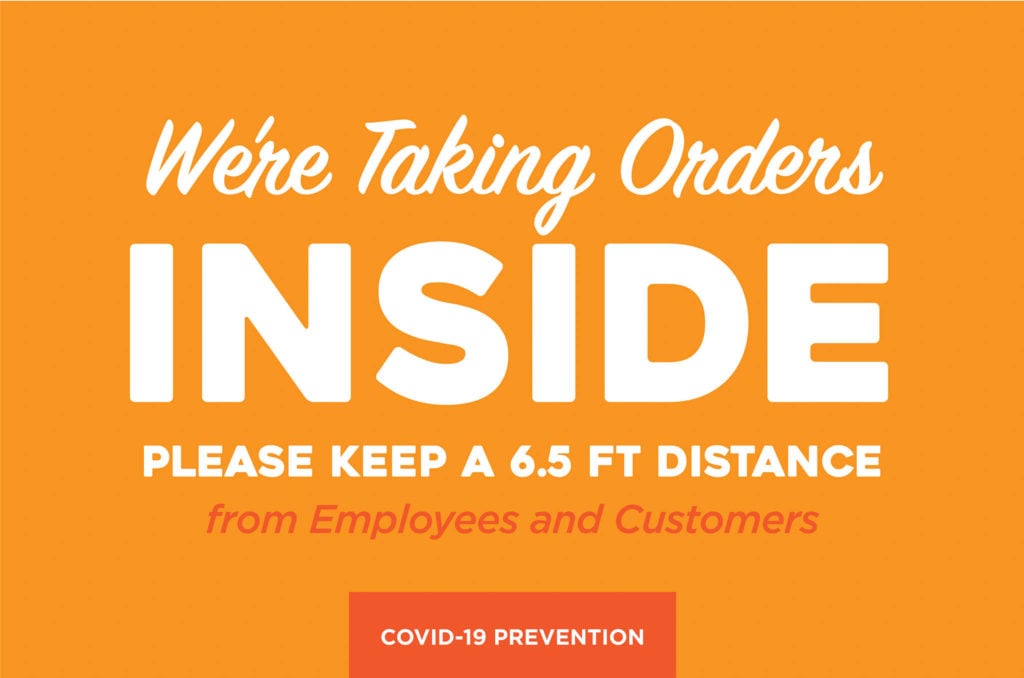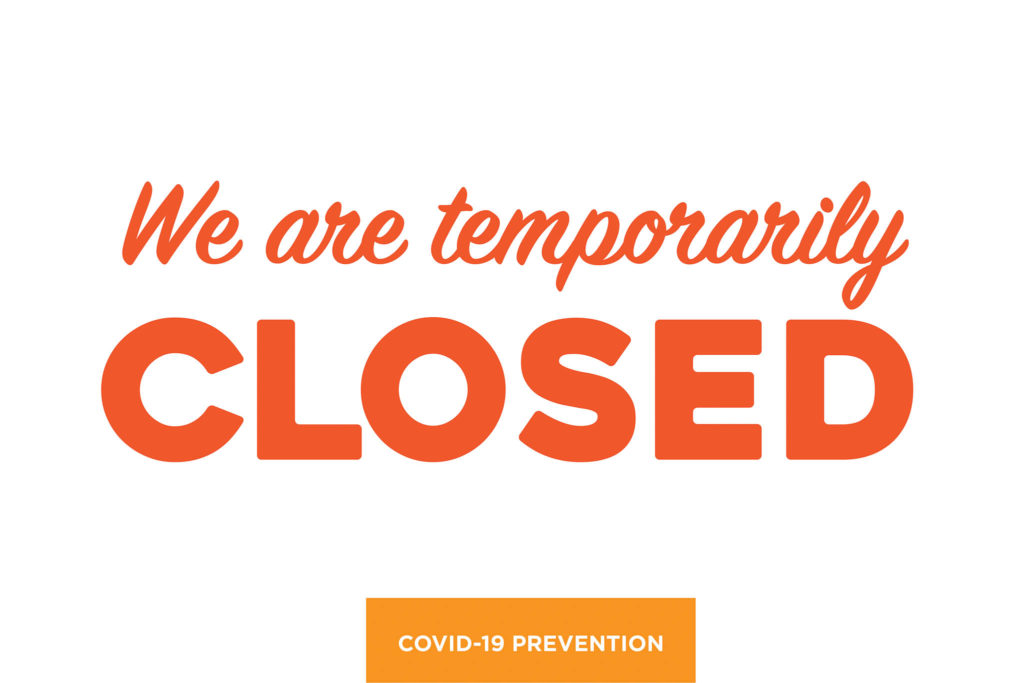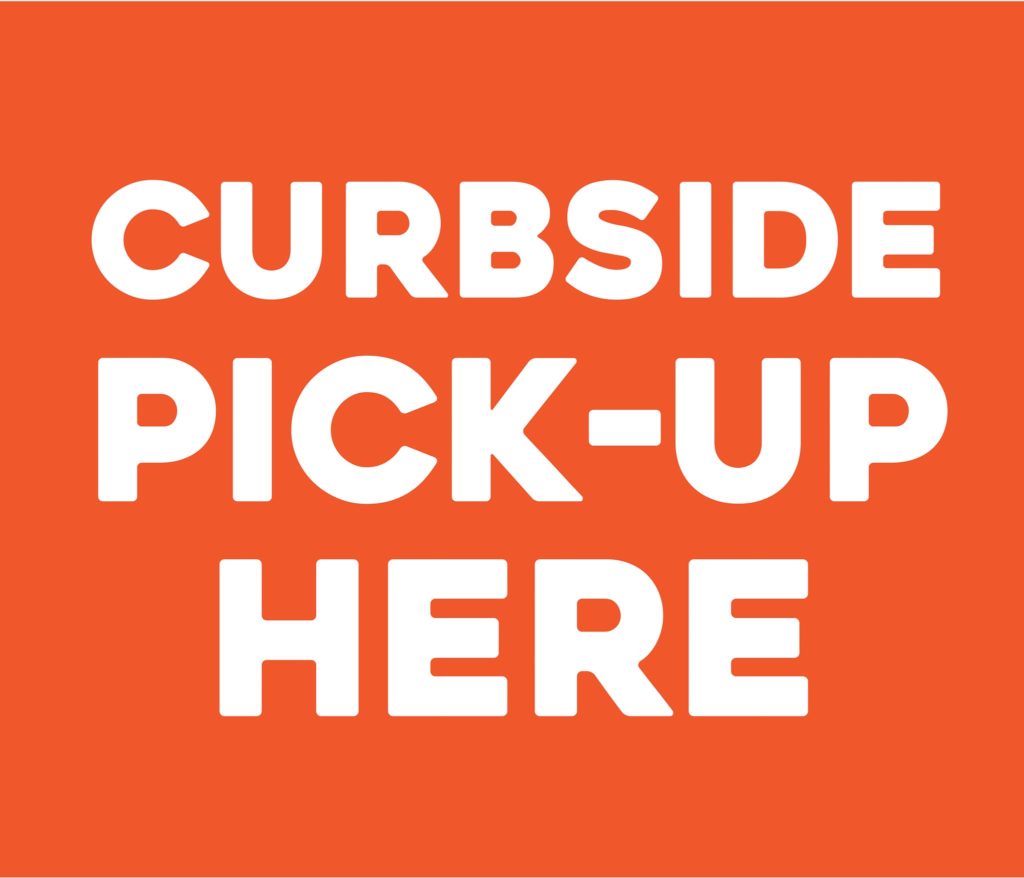There are so many overlaminate options for floor graphics specifically, why would you add another product to your inventory to service one application? Select Arlon overlaminates are now approved under regional regulations as slip-resistant for interior floor graphic applications. But, what does holding certification for floor graphics mean? And compatible media can you use with these overlaminates. Read below as we answer those questions and more in our Floor Overlaminates FAQ.
What Arlon products are certified as slip-resistant for interior floor graphic applications?
- In North America, Series 3220 Gloss and Series 3420 Gloss & Matte are UL 410 approved for interior floor graphic applications.
- In EMEA, Series 3220 Gloss, Series 3420 Gloss & Matte, and Series 3510 Matte overlaminate are approved under the EN 14041 regulation.
- Latin America follows the guidelines set by UL 410 and EN 14041 and offers all of the products covered by both regulatory bodies for its region.
- In Australia, Series 3420 Matte and Series 3510 Matte overlaminate are approved under the AS 142934&&.
What are the surfaces that Arlon recommends for interior floor graphics?
Arlon recommends its existing overlaminates for interior, short-term floor graphic applications with a compatible Arlon base film. The overlaminates previously mentioned can also be used for many other applications as well.
The recommended interior surfaces are smooth floors and low-profile carpet, including:
- Waxed vinyl flooring
- Sealed concrete
- Marble
- Ceramic tile
- Sealed wood
- Terrazzo
- Low pile commercial-grade carpet
Low pile commercial-grade carpet is a carpet having shorter fibers with tighter fabric loops.
What technique do you recommend for installation on smooth floors and/or carpets?
For all interior floor surfaces, we recommend testing the compatibility of the media to ensure media will stay down, remove well, and not damage the surface. We recommend avoiding placing graphics in areas that are inclined to get wet.
For more installation best practices, please refer to Arlon’s Floor Installation Guide. For any additional questions, please contact Arlon’s Technical Services department at TS_Dept@arlon.com and (800) 232-7161.
What Arlon digital media do you recommend for floor graphic applications?
The recommended base film for smooth floors and low-profile carpet is DPF 8200 High Tack. The ultimate high tack calendered film for demanding surfaces.
For smooth floors only, DPF 4600GLX/MLX, DPF 510 GT/MT/GTR/MTR, and DPF 8000 High Tack are recommended.
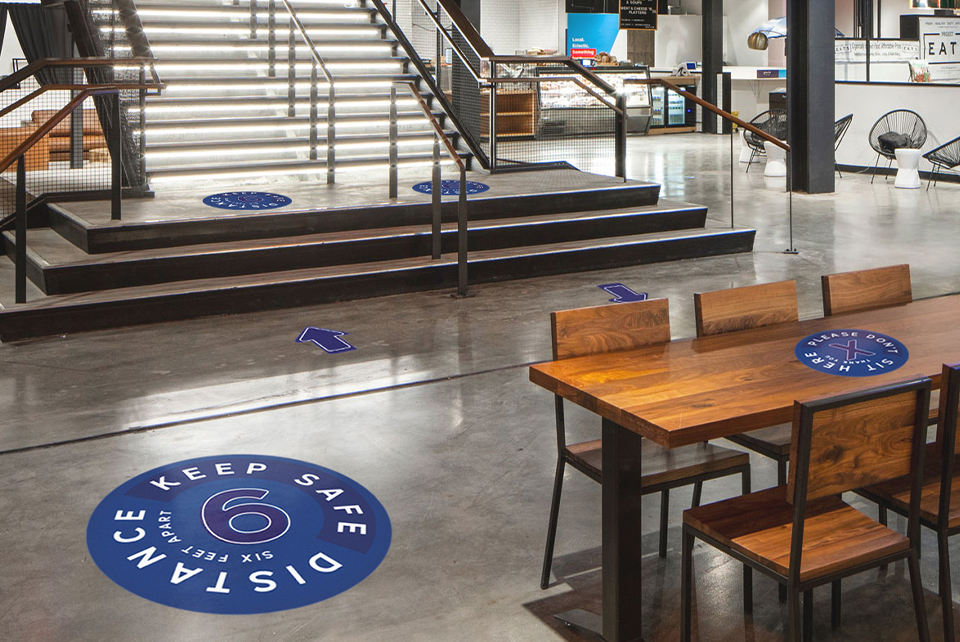
Can the overlaminate be used with other Arlon products that aren’t listed as compatible? Can I use this overlaminate with other brands of media?
Arlon has done extensive testing on a variety of media to determine the best base film for the intended application. Currently, we do not recommend mixing and matching with other non-compatible base films or other competitor products.
What are the recommended printing platforms?
If the recommended base film and overlaminate are being used for floor graphic applications, then Solvent, Eco-Solvent, and Latex are compatible print platforms. UV inks are not recommended if the product combinations are being used for floor graphics due to the textured nature of the ink.
What is the durability of the overlaminates?
The expected durability of the overlaminate is not associated with the durability of the overlaminate, as stated in Arlon’s Print Media Total System Warranty. These products are recommended for short term usage. To determine the best product for the application, Arlon always recommends testing on the actual surface before using the above products as product performance can vary greatly depending on the surface type, level of foot traffic, elemental exposure, the carpet type, and floor condition. Because of the variability of floor condition, no specific durability is given for floor graphics.
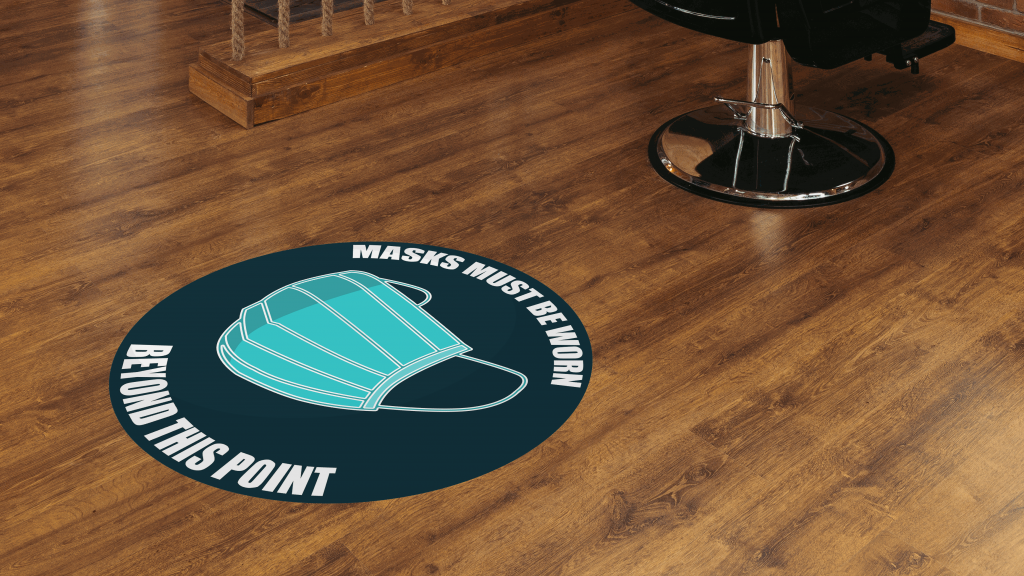
Are there recommended tools for applying floor graphics?
Yes, our technical experts have outlined their recommended tools for successfully applying floor graphics.
- Squeegee with Felt Tip: For applying media without damaging the graphic.
- Felt Block Squeegee: For applying graphics on the carpet.
- Masking Tape: Positioning the graphic.
- 9mm Snap-off blades – Used to trim excess material.
- Yellotools BodyGuard Knife – To cut the release liner.
- Measuring Tape – Positioning and alignment.
- Rigid Scraper: To scrape off floor contaminants.
What is the recommendation for prepping your surface for floor graphic installation?
Similarly to any other graphic application, diligent prepping and cleaning of the floor before installing floor graphics is critical to the success of the install. The video below outlines the steps to prep your surface for floor graphic installation.
For additional preparation, recommendations see our Interior Floor Graphic Installation Guide.
What is the recommended maintenance for a floor graphic?
To keep the vinyl looking it’s best, use a mix of mild soapy water to remove dirt from the vinyl, and adequately dry the graphic after cleaning.





